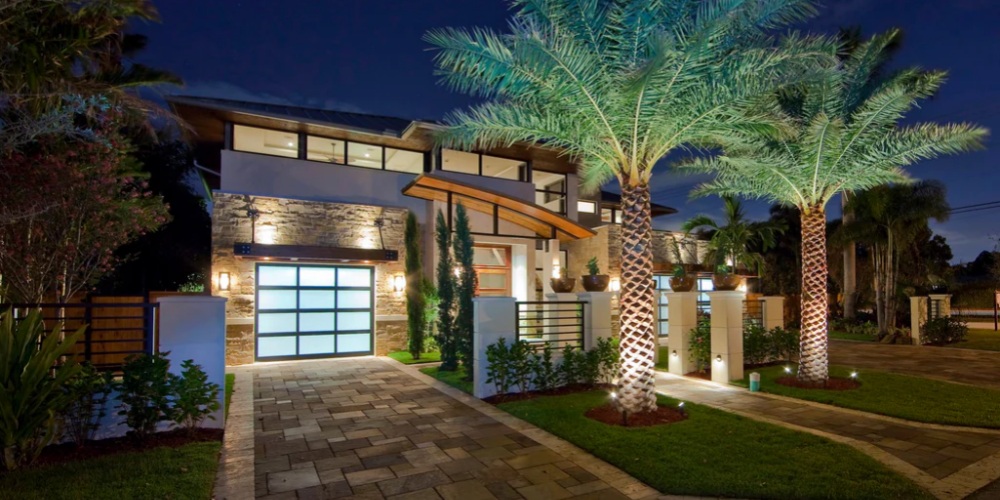High-pressure gaseous hydrogen storage refers to compressing hydrogen under high pressure conditions and storing the compressed high-density hydrogen in a high-pressure container, thereby achieving effective storage and on-demand release of hydrogen.
High-pressure gaseous hydrogen storage technology is an efficient way to store and transport hydrogen. Its working principle is to compress hydrogen to a high-pressure state through a compressor so that it can be safely stored in a container. This process can be directly compressed at high pressure once, or a step-by-step compression strategy can be adopted, which can be flexibly adjusted according to actual needs.
In the entire process of high-pressure gaseous hydrogen storage, compressors occupy an important position. At present, compressors can be divided into diaphragm compressors and liquid-driven compressors.
Diaphragm compressors are a commonly used type in high-pressure gaseous hydrogen storage. It uses the reciprocating motion of the diaphragm to compress the gas. During the hydrogen compression process, the compressor needs to have high power output and an efficient cooling system. High power ensures sufficient compression capacity, while the efficient cooling system is responsible for timely removing the large amount of heat generated during the compression process to prevent equipment overheating and changes in the properties of hydrogen. For the step-by-step compression strategy, although the initial pressure is low, precise control and monitoring systems are essential to ensure the stability and safety of the entire compression process.
A hydraulic-driven compressor is a compressor that uses hydraulic oil as a driving medium. Its main working principle is to provide hydraulic oil through a hydraulic pump to convert liquid pressure into mechanical energy, thereby driving the piston inside the compressor to reciprocate. This type of compressor is mainly divided into single-stage compression and two-stage compression, and its working process includes gas suction and compression and discharge.
Design and Manufacturing
Advanced compressor designs use high-performance materials and precision manufacturing processes to improve operating efficiency and reliability. These materials can withstand high pressure, high temperature and the unique chemical environment of hydrogen to ensure the long-term stable operation of the compressor. At the same time, the optimization of the cooling system is also one of the key factors in improving compressor performance.
Monitoring and Control Systems
During the compression and boosting process, a series of sensors and control systems are used to monitor key parameters such as pressure, temperature and flow in real time. These data not only provide operators with instant system status feedback, but also provide data support for optimizing the compression process and improving energy utilization efficiency. Through intelligent control algorithms, the system can automatically adjust the working state of the compressor to adapt to different hydrogen storage needs.
Hydrogen storage container design
As the final storage unit of hydrogen, the design of hydrogen storage containers must fully consider the safety, stability and durability under high-pressure environments. Containers are usually made of high-strength metal materials or composite materials, which have excellent pressure-bearing capacity and good sealing performance, and can effectively prevent hydrogen leakage.
In addition, hydrogen storage containers must also undergo rigorous pressure testing and safety assessments to ensure their safety and reliability under various working conditions. High-pressure gaseous hydrogen storage equipment types High-pressure gaseous hydrogen storage technology usually uses hydrogen storage tanks as containers. Hydrogen storage bottles are required in the preparation, transportation, storage at hydrogen refueling stations, and on-board of high-pressure gaseous hydrogen storage.
At present, hydrogen storage bottles can be divided into five types: I~V: Type I bottle (steel or aluminum alloy bottle, no fiber winding); Type II bottle (steel bottle, partially wrapped with fiber winding); Type III bottle (aluminum or aluminum alloy liner, wrapped with fiber); Type IV bottle (composite plastic liner, wrapped with fiber); Type V bottle (no liner fiber fully wrapped bottle)
Advantages of high-pressure gaseous hydrogen storage
1. Higher hydrogen storage density Although the mass volume density of high-pressure gaseous hydrogen storage is smaller than other hydrogen storage methods, it can increase the hydrogen density per unit volume by increasing the pressure, thereby improving the hydrogen storage efficiency.
2. Faster hydrogen charging and discharging speed High-pressure gaseous hydrogen storage has a faster hydrogen charging and discharging speed, which means that it can quickly replenish hydrogen, which is very beneficial for the daily use of fuel cell vehicles.
3. Lower energy consumption Compared with liquid hydrogen storage, high-pressure gaseous hydrogen storage has lower energy consumption because it does not need to cool the hydrogen to an extremely low temperature, which reduces energy consumption and operating costs to a certain extent.
4. Wide temperature adaptability High-pressure gaseous hydrogen storage can work at room temperature, and can even operate normally in a low-temperature environment of dozens of degrees below zero, which makes it stable in various climatic conditions.
5. Less affected by the working environment Compared with other hydrogen storage methods, high-pressure gaseous hydrogen storage is less affected by the working environment, which makes it more suitable for use in different application scenarios.













